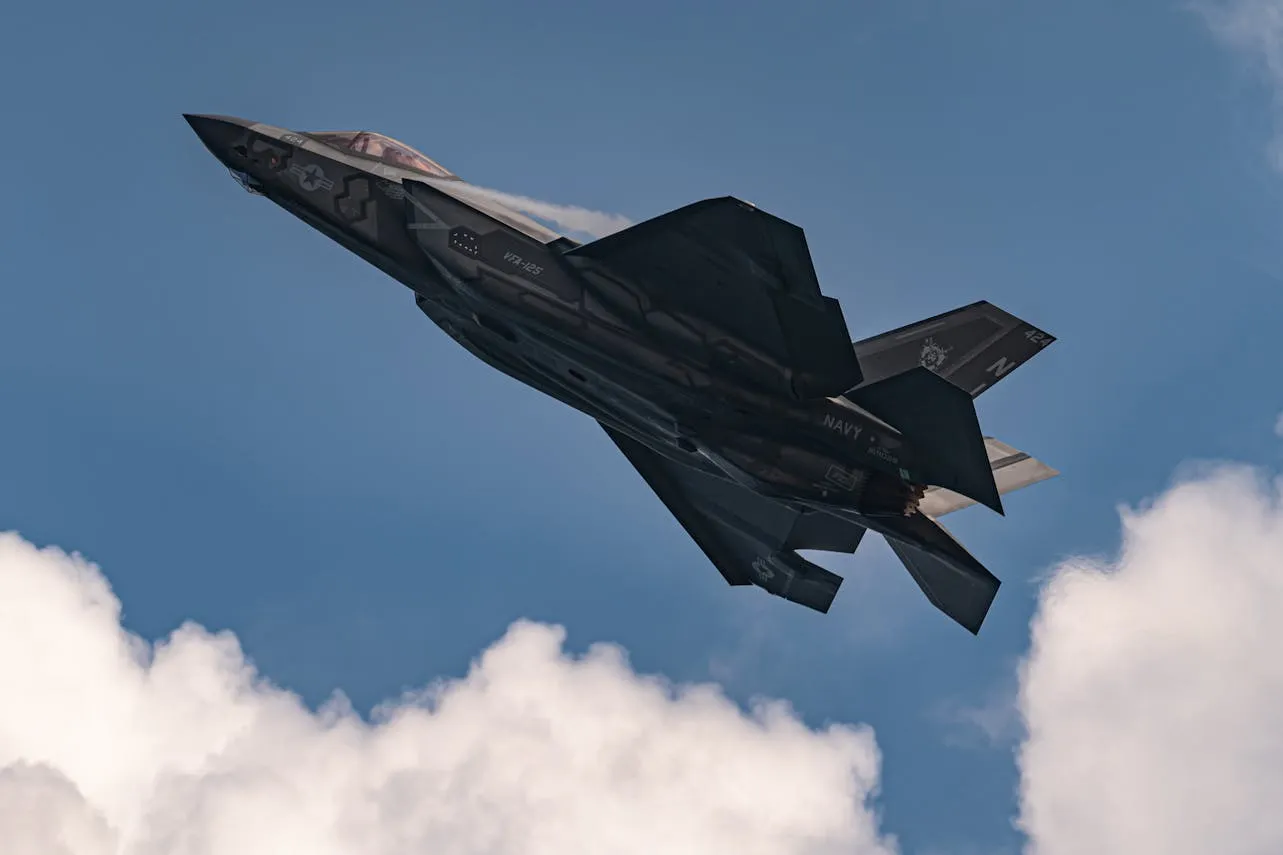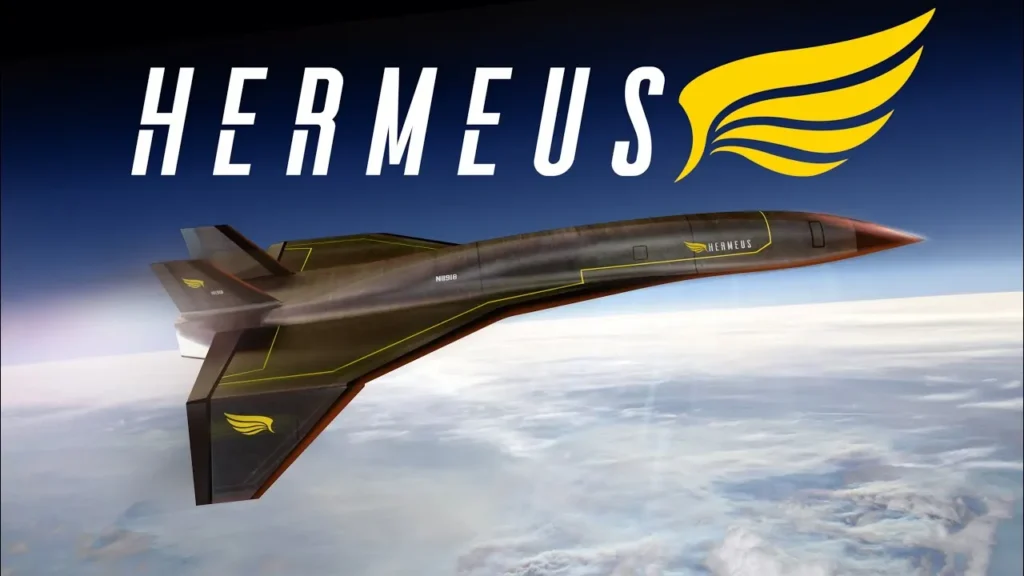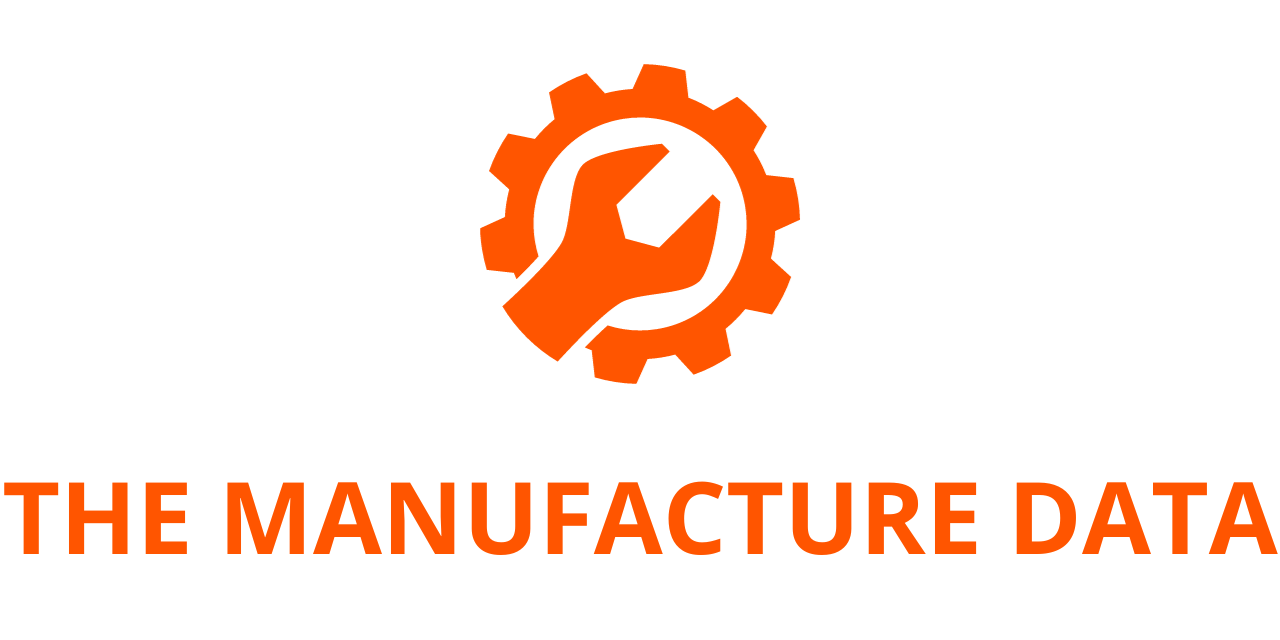
Hermeus Achieves Major Milestone with Successful Flight of Quarterhorse Mk 1 at Edwards Air Force Base
Hermeus, a cutting-edge aerospace and defense technology company backed by venture capital and focused on revolutionizing high-speed flight, has announced a landmark achievement: the successful flight of its Quarterhorse Mk 1 aircraft. This milestone marks a significant advance in the company’s aggressive development of high-Mach and hypersonic aircraft technologies. The Quarterhorse Mk 1 flight is a clear demonstration of Hermeus’ commitment to accelerating the pace at which hypersonic aircraft can be developed and tested, reinforcing the company’s mission to operationalize hypersonic flight capabilities for both military and commercial applications.
A Breakthrough in Aircraft Development Speed
The Quarterhorse Mk 1 flight represents not just a technological achievement but also a paradigm shift in aerospace development methodology. Typically, aircraft development programs can span many years or even decades before a prototype ever takes to the skies. In contrast, Hermeus has embraced an innovative iterative development approach that allows rapid prototyping, frequent testing, and continuous refinement.
AJ Piplica, CEO and Co-Founder of Hermeus, commented on this breakthrough, stating, “Mk 1 has redefined the pace of developing and flying new aircraft. I’m incredibly proud of what our team has accomplished. We’ve proven the viability of our iterative development approach. But this is just the start. We have much more to do as the bar rises for the next iteration.”
Indeed, the Quarterhorse Mk 1 was developed from a clean sheet of paper to flight-ready status in just over a year—an extraordinarily fast timeline in aerospace. This rapid pace underscores Hermeus’ innovative approach, leveraging advanced simulation, digital design, and close collaboration across the aerospace ecosystem to compress traditional development cycles.
Engineering Challenges of High-Speed Takeoff and Landing
One of the key objectives of the Quarterhorse Mk 1 test campaign was to validate the ability of a large, uncrewed aircraft to take off and land at high speeds safely. Unlike typical commercial or military jets, the unique configuration of Quarterhorse Mk 1, optimized for hypersonic flight, presents unique challenges. High-speed aerodynamic design constraints significantly complicate basic flight operations such as takeoff and landing, requiring meticulous engineering to ensure stability and control during these critical flight phases.
Major General Scott Cain, Commander of the Air Force Test Center, emphasized the importance of such developments: “Industry partnerships continue to have an important role in the development and test of disruptive and innovative capabilities for our warfighters. The promise of routine hypersonic flight is an exciting capability for the joint team.”
By successfully demonstrating high-speed takeoff and landing, the Quarterhorse Mk 1 flight campaign has cleared a crucial technical hurdle, opening the door for future hypersonic aircraft to operate safely and reliably from conventional airfields.
Comprehensive Data Validation and System Testing
The flight tests conducted at Edwards Air Force Base have yielded a wealth of valuable data, validating numerous design and performance models critical to the aircraft’s success. Aerodynamics, stability, and control characteristics were closely monitored and found to align with predictive models, confirming the soundness of the design approach.

In addition, the flight tests rigorously evaluated the performance of a wide range of vehicle subsystems, including propulsion, fuel delivery, hydraulics, electrical power systems, thermal management, avionics, flight software, telemetry, flight termination systems, and command and control architecture. Each of these components plays an essential role in ensuring the aircraft’s ability to operate safely and effectively at extreme speeds.
Hermeus President and Co-Founder Skyler Shuford highlighted the significance of this real-world flight data, stating, “The real-world flight data from Mk 1 provides significant technical value that we’re rolling into our next aircraft. Moreover, the team has accomplished this milestone on a challenging timeline while operating within the overall aerospace ecosystem—all to support rebuilding America’s lost capability to quickly develop brand-new, full-scale jets.”
This comment alludes to a broader industry challenge: after decades of incremental advancements and long development cycles, the United States aerospace sector has faced difficulties in rapidly creating new high-performance aircraft. Hermeus’ approach seeks to revitalize this capability by combining agile development with breakthrough technology.
Iterative Development Roadmap: Building the Future Step-by-Step
Quarterhorse Mk 1 is the first in a planned series of uncrewed aircraft that Hermeus is developing under an iterative roadmap designed to progressively increase performance while managing technical risk. This approach, often described as emphasizing ‘hardware richness,’ involves building multiple prototype vehicles in quick succession. Each iteration incorporates lessons learned from prior flights, accelerating technology maturation and reducing the risk of costly failures later in the program.
The Mk 1 flight represents the first tangible proof of concept in this strategy, setting the stage for the next aircraft in the series, Quarterhorse Mk 2. Currently under construction at Hermeus’ headquarters in Atlanta, the Mk 2 is a scaled aircraft roughly the size of an F-16 fighter jet. It is designed to operate at high supersonic speeds and is intended to de-risk uncrewed supersonic flight on the path to full hypersonic operations.
According to Hermeus, Quarterhorse Mk 2 is on track for its first flight late this year, marking another critical step forward on the company’s rapid development timeline.
Hermeus’ Vision: Accelerating Hypersonic Flight for Defense and Beyond
Founded with a bold vision to radically accelerate aviation, Hermeus is targeting a market segment that has remained relatively stagnant since the heyday of Cold War-era aerospace development. The company’s high-speed products are being developed to provide sustainable asymmetric advantages to the U.S. Department of Defense and allied partners worldwide.
Hypersonic aircraft — those capable of flying at speeds above Mach 5 — represent a transformative leap in capabilities, enabling rapid global reach, enhanced strike capabilities, and advanced reconnaissance. However, the technical challenges involved in designing, building, and operating such vehicles are immense. Hermeus is addressing these challenges head-on by combining state-of-the-art materials, propulsion technologies, and systems engineering within an agile development framework.
Hermeus’ CEO AJ Piplica encapsulated the company’s approach and ambitions succinctly: “We are building aircraft at a pace not seen in the United States since the 1950s. Our iterative hardware development process allows us to learn quickly and push the boundaries of high-speed flight technology. Our goal is to operationalize hypersonics in a way that will revolutionize aviation and defense.”
Collaboration and Ecosystem Engagement
Hermeus’ success is also a reflection of close partnerships across industry and government. The involvement of entities like the Air Force Test Center demonstrates the growing recognition within the defense community of the strategic importance of hypersonic technologies.
The company actively collaborates with suppliers, research institutions, and government agencies to integrate the latest innovations in propulsion, materials science, avionics, and autonomous systems. These partnerships enable Hermeus to leverage broad expertise and accelerate testing and validation processes.
The Road to Operational Hypersonics
With the Quarterhorse Mk 1 flight complete and Mk 2 in the final stages of assembly, Hermeus is poised to continue its rapid development trajectory. Future milestones include progressively higher speed tests, enhanced autonomy, and eventually the integration of advanced hypersonic propulsion systems.
The company’s iterative approach ensures that each flight delivers actionable data to improve the next prototype. This continuous feedback loop is key to reducing risk, improving reliability, and ultimately delivering operational hypersonic aircraft that can meet the demanding needs of modern defense and commercial missions.
Hermeus’ vision extends beyond military applications, with potential future uses in rapid global logistics, emergency response, and commercial passenger travel, where hypersonic speeds could dramatically shrink travel times around the world.
In Summary
Hermeus’ successful flight of the Quarterhorse Mk 1 at Edwards Air Force Base is a landmark achievement that redefines how fast cutting-edge aircraft can be developed and tested. By validating high-speed takeoff and landing capabilities and gathering critical subsystem data, Hermeus has proven the viability of its innovative iterative development process. With Quarterhorse Mk 2 on the horizon and a clear roadmap toward operational hypersonic flight, Hermeus is set to transform aerospace innovation, restoring America’s competitive edge in high-speed aviation and bringing hypersonic flight closer to reality than ever before.




